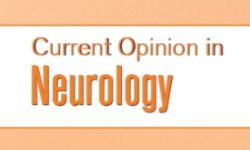
“The pharmacological research on the Cannabis sativa-derived compounds has never terminated. Among the phytocannabinoids without psychotropic effects, the prevalent one in Cannabis is cannabidiol (CBD). Although CBD was initially considered a type 2 cannabinoid receptor (CB2R) antagonist, it did not show a good cannabinoidergic activity. Furthermore, heterogeneous results were obtained in experimental animal models of anxiety disorders, psychotic stages and neurodegenerative diseases. Recently, CBD has been authorized by the FDA to treat some rare forms of epilepsy and many trials have begun for the treatment of autism spectrum disorders. This review aims to clarify the pharmacological activity of CBD and its multiple therapeutic applications. Furthermore, critical and conflicting results of the research on CBD are discussed with a focus on promising future prospects.”
https://www.ncbi.nlm.nih.gov/pubmed/30910646
https://www.sciencedirect.com/science/article/abs/pii/S0024320519302176?via%3Dihub



 “Migraine is a common, highly disabling disorder. Its treatment involves acute and preventive therapy. Many of available preventive medications are not well tolerated, which results in poor compliance and limited effectiveness.
“Migraine is a common, highly disabling disorder. Its treatment involves acute and preventive therapy. Many of available preventive medications are not well tolerated, which results in poor compliance and limited effectiveness. 
 “Neuropathic pain (NP) is associated with chronic hyperglycemia and emotional disorders such as depression in diabetic patients, complicating the course of treatment. Drugs currently used to treat NP have undesirable side effects, so research on other natural sources has been required.
“Neuropathic pain (NP) is associated with chronic hyperglycemia and emotional disorders such as depression in diabetic patients, complicating the course of treatment. Drugs currently used to treat NP have undesirable side effects, so research on other natural sources has been required.


